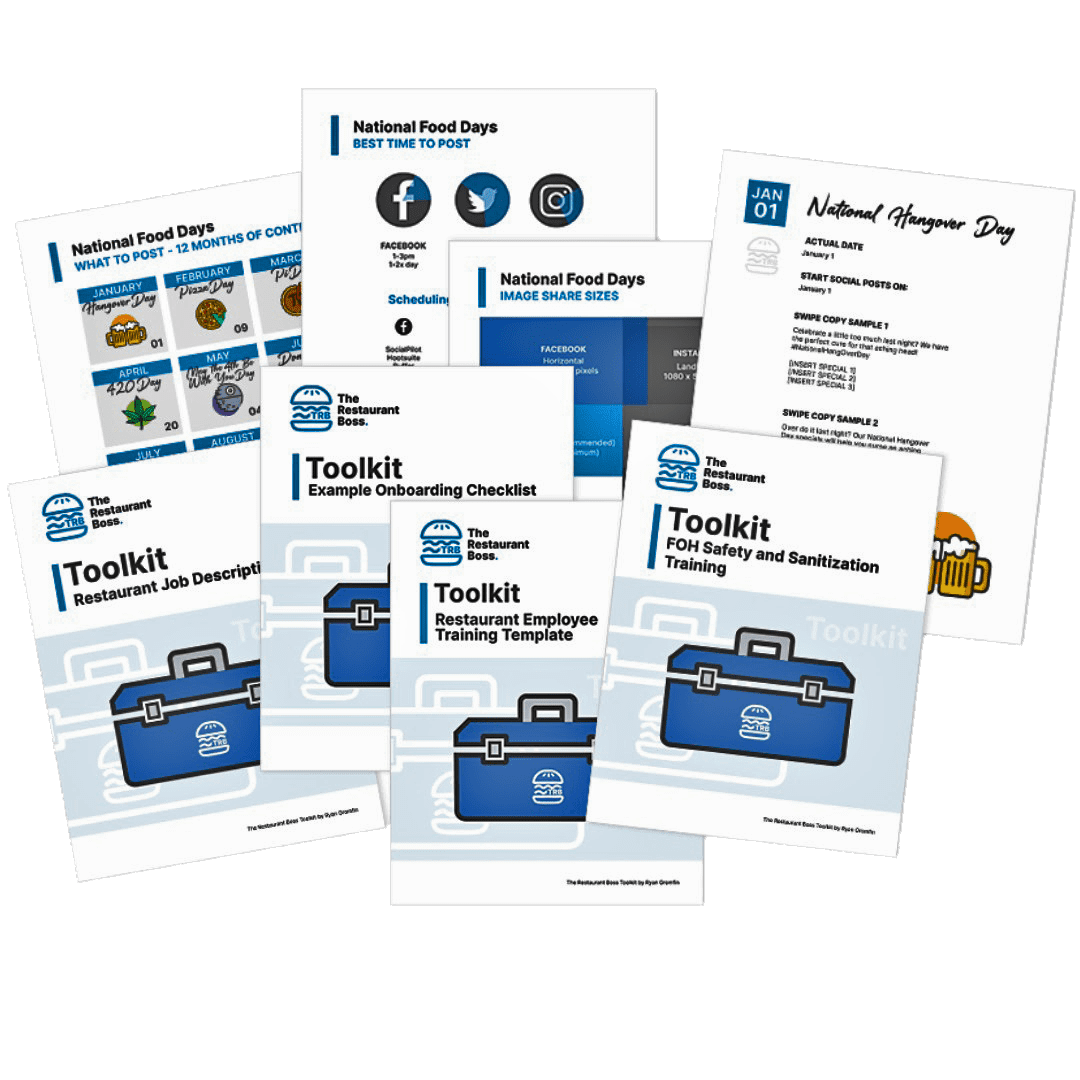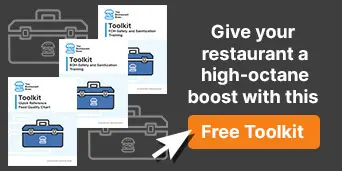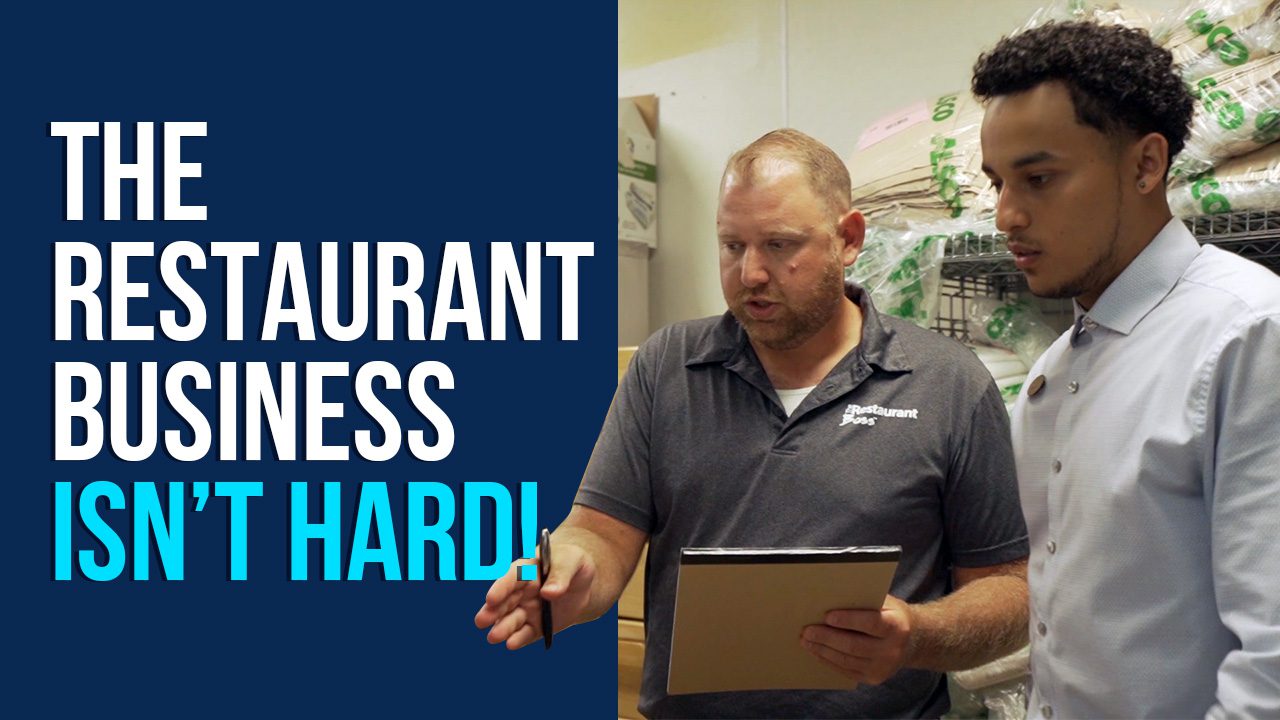Save Time & Money with a Properly Built Restaurant Order Guide
Are you constantly running to the grocery store, will call, or cash and carry because of bad ordering practices? In today’s video, I am sharing how I build a restaurant order guide and what I believe are the most important things to put on an order guide so you can stop these unnecessary, and often wasteful, trips to the store.
🔎 CLICK HERE TO READ THE FULL POST
I’m still amazed at how every phone call I have with an owner, chef, or manager we always find that they are having to run to the grocery store or cash and carry on a very regular basis. What I also find is that there is no order guide in place or at least not even a properly formatted one. Is this happening to you? Are you running to the grocery stores, constantly running out of things? Are you constantly going to will-call or cash and carry because of bad ordering practices? What I want to share with you today is how I build an order guide and what I believe are the most important things in an order guide. You’re gonna have to trust me here because a lot of people don’t. I tell my clients this and they fight me until finally, I win. Then they build the order guide properly and all of a sudden they don’t go to the grocery store anymore.
Here is one thing that I want you to do first: you have to eliminate blind ordering. That’s what most people do! Do you go into the walk-in, pantry, or dry storage with a blank piece of paper and just write down things that you don’t see? Do you see the problem with that? If you don’t see the item, what are the chances you’re going to remember that you need it? You have to stop with the blind order and you have to create an order guide.
Rules when building an Order Guide
Now here are my rules for what I can a Shelf-to-Sheet order guide:
- Everything goes on an order guide. Not some things, but everything! Not just food, everything you need in your restaurant goes on an order guide. If you need paper clips in your restaurant, then they go on an order guide.
- Have one order guide per vendor. When it’s time to order you don’t say, “I need to order pencils.” You say, “I need to do an order from Office Depot.” You don’t say, “It’s time to order chicken.” Rather, you say, “I need to do an order from Sysco, US foods PFG, etc.” So, order guides are created by vendor.
- Each order guide is built by shelf-to-sheet. This means that your order guide is organized in the order that you store the product. If you’re doing your broadline distributor order guide, don’t do it in alphabetical order or by product category. Do it how you store it. For example, in the walk-in your order guide should be organized shelf by shelf: shelf 1, shelf 2, shelf 3 then dry storage and freezer. Don’t waste time running around your restaurant because you put your order guide in alphabetical order, that makes no sense.
- This is the one that’s gonna ruffle some feathers: Nothing gets ordered from 2 vendors. You could get your cheese from Vendor 1 or Vendor 2, but you’re not allowed to. You have to pick a vendor and here’s why. When you say, ‘well I can get it from here or there’ then you don’t know how much to order. Your team also doesn’t know how much to order.
- Your delivery/pick-up days are set. They’re not “When I need stuff”, they’re not “Sometimes we go Wednesday or Thursday”, it’s set. You may get a delivery from Vendor 1 on Monday and Thursday and then go to Cash and Carry on Wednesday and Saturday – that’s fine but they’re set.
Here’s why rule number 4 and number 5 are important, it’s because how do you know how much of something to order if you don’t know how long it needs to last? To properly order the right amount, you have to know how long it’s going to last. You can’t know how long it needs to last you unless you know who you get it from and when your next order is.
What ends up happening is people say things like, “Well I don’t need to order the cheese today because I can just get it tomorrow.” But then they don’t need anything else so they go to the store to get the cheese they didn’t order and they buy a few other things. Now you have too much food or vice versa – it creates chaos.
Final words:
Please trust me on this one! I know it sounds hard and I know my rules are strict but I do that on purpose because I don’t believe in gray or maybes and sometimes. If you want to build a giant business, you need to create black and white systems, processes and procedures. These are my rules for how to build a proper order guide and avoid your staff over-ordering and going to the store. That is the most incredible waste of time and money possible. I hope you enjoyed this week’s video and remember systems create freedom, freedom creates value and value creates scale. I love every single one of you crazy restaurant people out there and until next week, have an absolutely amazing day.
🔊 CLICK HERE TO LISTEN TO THE AUDIO
Read More
Running a Restaurant Isn't Hard
The #1 complaint in restaurant management is poor employee performance. If you’re not following this simple 5-step plan to train your employees, you’re never going to get the results that you want from them …ㅤㅤㅤ
Busy Is Killing Your Restaurant
Are you busy? There are things you’re doing all day, every day in your restaurant and it’s those things that are going to put you out of business. There are 4 things you can do today to battle the busy inside your restaurant …
Follow For More:







